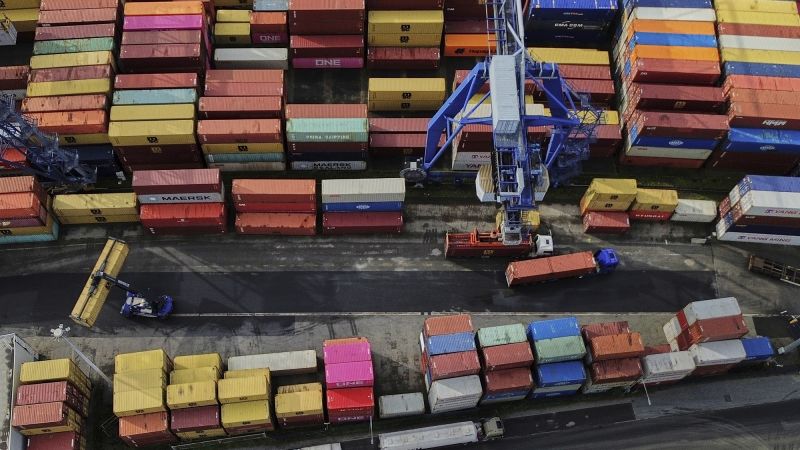In a significant move toward reshaping the global economic landscape, President Donald Trump recently implemented a new series of tariffs targeting a wide array of American trading partners. This escalation in trade tensions signals one of the most impactful shifts to global economic policies seen in nearly a century. The newly enacted tariffs, described as part of a “reciprocal” tariff strategy, come after numerous delays and negotiations that have characterized Trump’s approach to international trade over the past months.
The president, along with his economic team, has touted the success of the tariffs implemented thus far, highlighting that these imposed duties have generated over $100 billion in tax revenue. Contrary to predictions made by some economists regarding severe inflation or a possible recession, the nation has avoided these dire outcomes thus far. However, with the introduction of new, more aggressive tariffs, there is growing concern among economists that these measures might exacerbate existing economic challenges, particularly inflation and sluggish job growth, which are becoming increasingly evident.
Understanding the landscape of the tariffs is essential for grasping their implications. Before the latest changes, a standard minimum tariff of 10% applied to almost all imported goods from various countries. The newly revised rates, however, introduce a more complex structure with significant variations based on the country of origin. Countries such as Brazil, Laos, Myanmar, and Switzerland are now facing tariffs that soar as high as 50%, 40%, and 39%, respectively. Meanwhile, many nations that the U.S. depends upon for goods, including Vietnam and India, will see tariff rates exceed 15%.
One particularly noteworthy element of the tariffs involves additional levies being applied to goods from India, potentially reaching 25%. This steep increase is a response to India’s ongoing purchase of oil from Russia, with the enforcement of this additional tariff scheduled to start soon. Other trading partners, particularly those in Europe and various Asian countries, face a spectrum of tariffs, reflecting the evolving dynamics of international trade relationships under the Trump administration.
The situation has further complicated trade relations with our North American neighbors. Goods from Canada and Mexico can avoid tariffs under the stipulation that they comply with the US-Mexico-Canada Agreement. Notably, if these goods do not meet the trade agreement standards, they will incur significantly higher tariffs of up to 35%. This illustrates the critical importance of trade cohesion within North America amidst the broader context of global economic strain.
In the backdrop of these tariff adjustments lies the reality that many of Trump’s trade agreements with various partners are still in developmental stages and may take considerable time to finalize. Of the eight trade agreements he has announced in recent months, only two—those with the United Kingdom and China—have been formally agreed upon. In particular, the China deal, which has been crucial in lowering tariffs between the two nations, is set to expire soon unless both sides take action to maintain or revise it.
Moreover, while Trump has emphasized agreements aimed at increasing the purchase of American goods—ranging from automobiles to agricultural products—questions linger over the commitments of other nations involved. Officials from Japan have expressed uncertainty about the specifics of these agreements, indicating a disconnect between Trump’s statements and the realities of ongoing negotiations.
Certain sectors, such as pharmaceuticals, remain exempt from the newly instituted tariffs for the time being. However, the future applicability of these exemptions is not guaranteed, as the administration has warned of potential increases for medicines imported from other countries in the future. Indeed, there is a nuanced web of exemptions and impending rates that could dramatically shift the balance of sectors impacted by these new tariffs.
Trump’s recent initiatives are grounded in a wide-ranging strategy to promote American economic interests, but they are accompanied by significant challenges and potential legal battles. As his administration continues to push the agenda for higher tariffs, observers will be keenly watching how these policies unfold and reshape not only U.S. trade relations but also the broader global economic climate. The potential ramifications of these actions could reverberate through various industries, influencing job markets, consumer prices, and international partnerships for years to come.











